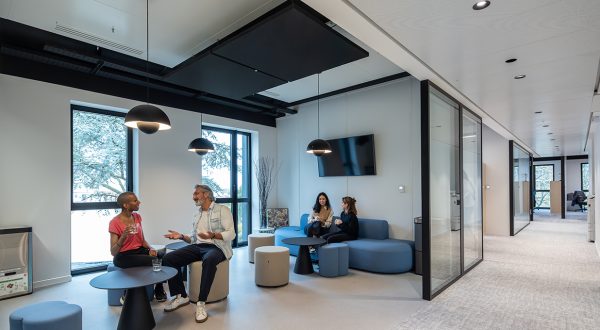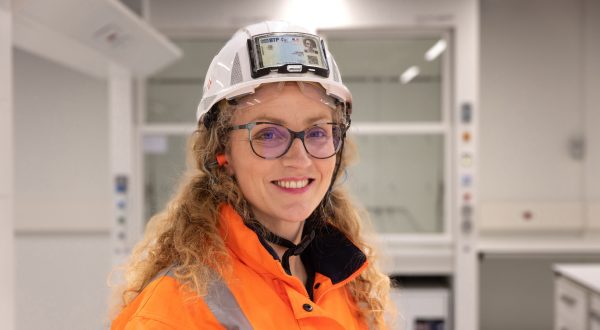VINCI Facilities is preparing to broaden its range of mobility services for companies and their employees.
![]()
In its various reports, INSEE (France’s National Institute of Statistics and Economic Studies) confirms that the French are travelling ever-greater distances from home to work. In 2013, half the employed population lived more than 15 km from their workplace, 2 km more than in 1999. According to DARES, the statistical service of the Ministry of Labour, the French commute averaged 50 minutes in 2015 – an average that masks regional differences but reflects common issues. For employees, the daily commute is one of the leading sources of stress and low morale. For employers, it is a poorly controlled source of costs. For both, it has an excessive impact on carbon footprint. And yet, when it comes to tackling the issue head-on, companies are at a loss. “We have been unable to find a solution enabling companies to measure, aggregate, and analyse their employees’ commute and other short transport needs,” says David Ernest, Facilities Director of Innovation and Energy.
Employers have responded either by providing company vehicles, reimbursing taxi fares, or helping employees pay for public transport. These solutions are partial, do not lend themselves to centralised management in most cases, and do not accommodate steps to reduce environmental impact.
“Build the mobility scenarios best suited to employee needs, company performance requirements, and environmental sustainability objectives”
However, between the company vehicle and partial reimbursement of the cost of public transport, there is a wide variety of mobility solutions that companies could offer their employees, including car sharing, bicycles, co-parking, electric scooters, smart parking, vehicle fleet electrification, and co-walking.
Analysing patterns
But how can companies move from actual to recommended practices? At its La Factory site in Paris-La Défense, France, VINCI Energies has experimented with a new-generation data aggregation and services platform for companies and their employees.
“The idea is to measure and analyse how people travel to and from work so as to build the mobility scenarios that are best suited to employee needs, company performance requirements (centralised expenditure and resource management), and environmental sustainability objectives (greenhouse gas emission control),” says David Ernest.
So welcome to the age of mobility management! This is an innovation challenge in which facility management has a head start. “The reactor core is the employee. So, it makes sense to enter the system via the door to the company. Only the company can be aware of the transport modes used by its employees and encourage them to use the platform on a daily basis to manage their own range of transport options,” says David Ernest. Beyond the strict management benefits, this type of mobility management platform can enhance the company’s employer image.
VINCI Facilities is working with startup CITEAZY to build the platform and the collaborative ecosystems bringing together employers, suppliers of mobility solutions and – why not – local authorities in charge of local transport systems. “Mobility management will be a powerful way to broaden the range of local mobility options,” says David Ernest.


